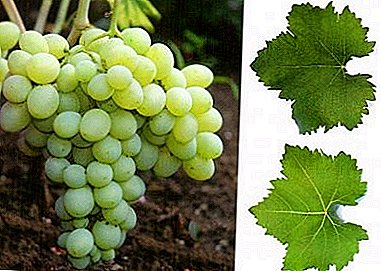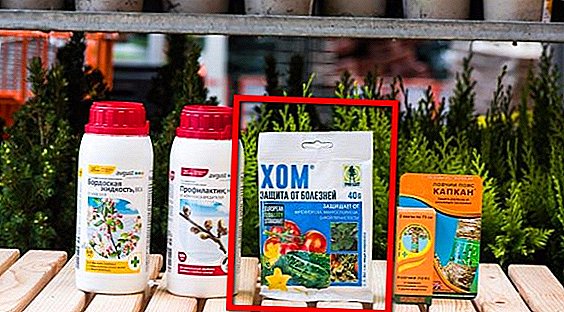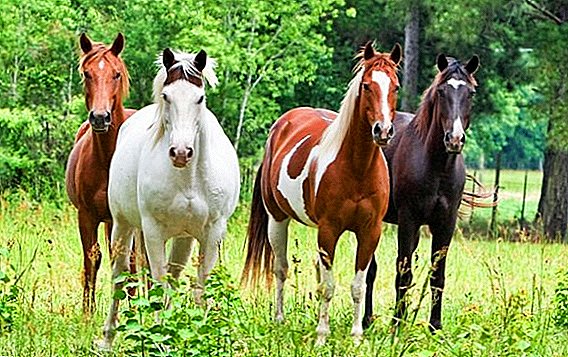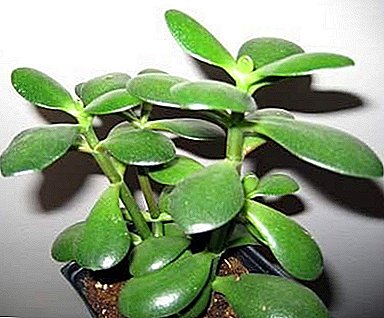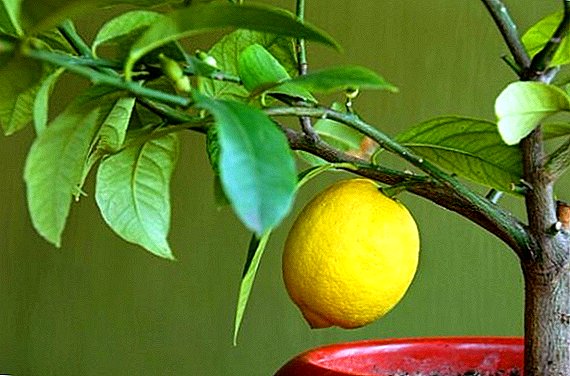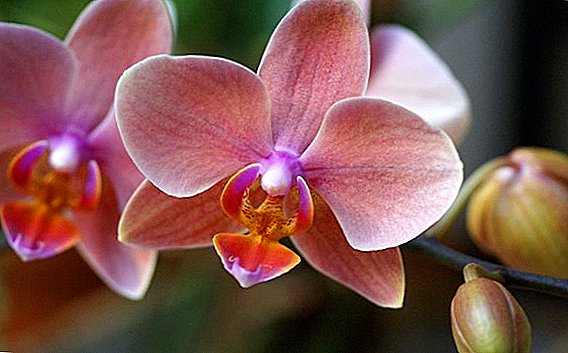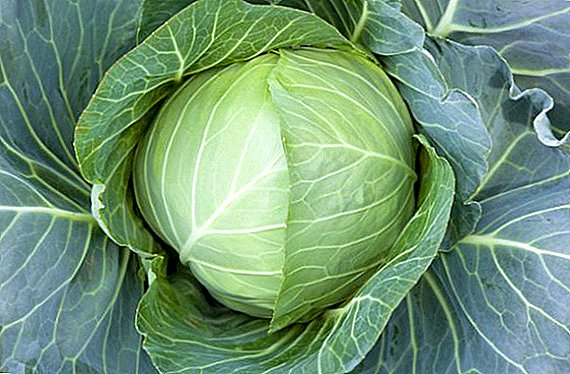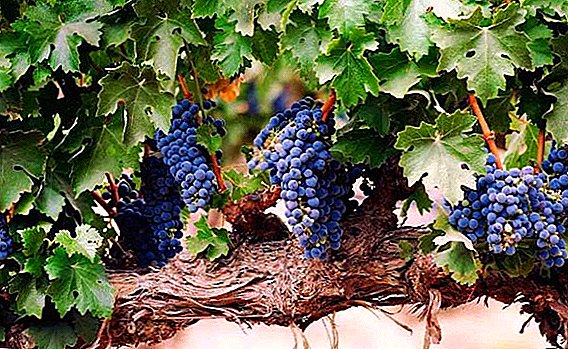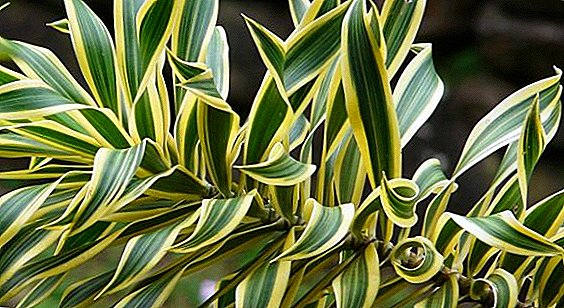 A bright, tasty, fragrant berry coquettishly peeking out from under the green leaves on its own garden bed - experienced gardeners and novice gardeners waiting for this spectacle. Strawberry opens its spring-summer berry season with its appearance and fills the body, which is weakened over the winter period, with vitamins, antioxidants and other useful substances. How to make strawberries appear earlier and bear fruit longer? The main secret is in a successful autumn planting. Let's look at this in more detail.
A bright, tasty, fragrant berry coquettishly peeking out from under the green leaves on its own garden bed - experienced gardeners and novice gardeners waiting for this spectacle. Strawberry opens its spring-summer berry season with its appearance and fills the body, which is weakened over the winter period, with vitamins, antioxidants and other useful substances. How to make strawberries appear earlier and bear fruit longer? The main secret is in a successful autumn planting. Let's look at this in more detail.
Benefits of planting strawberries in the fall
The autumn planting of strawberries scares many gardeners with the possible freezing of seedlings and, as a result, the loss of the crop. However, this garden culture covered with snow easily tolerates even extreme cold. Lack of snow can be compensated by mulching, and then in the spring you will get an excellent strawberry plantation without significant effort.
Did you know? Strawberries - the only berry in the world, in which the seeds are outside, and not as usual - inside.
Obvious advantages of autumn planting:
- in the soil heated over the summer, strawberries take root better;
- a large selection of planting material in the autumn season;
- Bushes quickly grow and grow;
- appropriate varieties yield an early harvest;
- autumn strawberry beds require less effort and attention.

When to plant strawberries in autumn
Traditionally the beginning of autumn is considered to be the most suitable time for planting strawberrieswhen the soil is still warm, but there is no summer heat, and the cold weather is far, and strawberry bushes will have time to take root well and grow stronger. However, the characteristics of the selected plant variety and your geographic location can significantly affect the timing of planting.
Read also about the technology of transplanting strawberries in autumn and autumn care.
Calendar dates
Autumn planting strawberries can be:
- early (mid-August - mid-September);
- middle (end of September - mid-October);
- late (ends one month before the first frost).
 Early and average plantings are considered more productive., and late landing is more risky, as it is sometimes very difficult to guess the time of the start of frosts. Early frosting damages seedlings, causing the bushes to bear fruit worse in spring.
Early and average plantings are considered more productive., and late landing is more risky, as it is sometimes very difficult to guess the time of the start of frosts. Early frosting damages seedlings, causing the bushes to bear fruit worse in spring.
Learn more about strawberry care in the spring (general measures, fertilizing), during flowering, after harvest.
The best planting time is determined based on the strawberry development cycle. In most of the varieties, antennae appear in early summer, rooting occurs in the middle and late summer, and the formation of fruit buds occurs in early autumn. The knowledge of these nuances and the specific weather conditions of a particular region will make it possible to plant strawberries in time, which, with suitable watering and care, can grow stronger and acquire fruit buds before frost.
Important! With the autumn transplant, remontant varieties will have to be sacrificed for the second harvest, since re-fruiting often coincides with the formation of new plants.
Weather
A hot sunny day is absolutely not suitable for planting strawberries. Do not engage in planting and heavy rain. The ideal option would be the next day after a short rain. - so the soil is sufficiently moistened, but will not be knocked off into clods. Evening time is best for landing, and in the case of cloudy weather - the middle of the day. In the morning, planting is not recommended, as during the day the bright sun can negatively affect the seedlings. 
Features of the region
The exact timing of planting can vary considerably depending on the region and its weather conditions. For example, in the Urals, the appropriate time for planting strawberries is from late July to early September, and in the Far East, with favorable weather, this period can last until the end of September. The southern regions of Russia, Ukraine, and Moldova also allow planting before November, while in Siberia it is necessary to complete the planting by mid-August, or at best, by the end of summer, since the early frosts can negate all the efforts of local gardeners.
Did you know? Lemon is much more sucrose than strawberries!
Where to plant on the site
The best place for a strawberry bed is wind protected outdoor solar areasince the berry grown in the shade ripens more slowly and significantly loses in taste.
Important! To strawberry fruit well, it is not recommended to grow it in one place for more than four years.
The best yield can be obtained on black soil, sandy loam and loamy soil. On a sandy or clay area, the result will be worse. A swampland for growing strawberries does not fit at all. An excellent option would be the site on which siderats were grown (legumes, cereals, and some cruciferous).  If you plan a place for autumn strawberry planting in the spring and break up the beds with these crops on it, you can manage to harvest the green manureds and at the same time save on strawberry fertilizer, because the soil will be enriched with nitrogen and other nutrients. But after tomatoes, cucumbers, potatoes, cabbage, peppers and eggplants, asterinaceous and buttercups, strawberries should not be planted, because these plants have common pests that can remain in the ground.
If you plan a place for autumn strawberry planting in the spring and break up the beds with these crops on it, you can manage to harvest the green manureds and at the same time save on strawberry fertilizer, because the soil will be enriched with nitrogen and other nutrients. But after tomatoes, cucumbers, potatoes, cabbage, peppers and eggplants, asterinaceous and buttercups, strawberries should not be planted, because these plants have common pests that can remain in the ground.
If you have a small plot, you can build a pyramid bed or vertical bed for growing strawberries.
How to choose a quality seedlings
For planting strawberries can be used:
- purchased ready seedlings (varietal seedlings);
- planting material from their beds (antennae and sockets).
Important! Seedlings should be local cultivation, since seedlings grown in a warm region are unlikely to take root in colder regions.
Appearance of good seedlings
A strawberry seedling suitable for planting has 3-5 healthy healthy leaves and white root shoots from 7 to 10 cm long. Preference should be given to bushes with a root neck diameter greater than 6 mm.  Ready-made seedlings bought or taken from neighbors should be planted as soon as possible or stuck in a shaded place in a damp, loose earth.
Ready-made seedlings bought or taken from neighbors should be planted as soon as possible or stuck in a shaded place in a damp, loose earth.
Planting material from your garden bed
To obtain high-quality planting material from the bed, it is necessary to choose well-fruiting one-year or two-year-old strawberry bushes and prikopat the first outgoing 2-3 tendrils. It will be more convenient to deal with later landing, if you put your mustache right away into a separate container for transplantation (for example, a plastic cup).
After rooting, it is necessary to pinch the antennae that grow further, so that the sockets obtained have a good supply from the mother bush. Completely separate the young bushes is already immediately before planting. 
Pre-work
Pre-planting work begins in advance and consists in the preparation of the site and planting material.
Soil preparation
The soil on a strawberry bed should be fertile, with acidity in the range of 5-6.5 units and a water table not higher than 60 cm.
Learn how to determine the acidity of the soil on the site, deoxidize the soil.
Since the nutrient composition of the soil is noticeably depleted over the summer season, special attention should be paid to soil preparation before the autumn planting.
What to do to properly prepare the soil for autumn planting:
- Carefully remove weeds from the site.
- Check future beds for pests. When detecting adult insects or their larvae, treat the soil with ammonium nitrate or special substances for the control of pests sold in garden stores.
- Not later than two weeks before the intended landing, dig the site to a depth of 25-30 cm.
- Fertilize future beds simultaneously with digging. The quantity and quality of fertilizers directly depends on the quality of the land. On average, from 5 to 20 kg of rotted manure per 1 sq. Km is used. m plot. Humus, compost or superphosphate and potash fertilizers can also be used. The more fertile the land, the less fertilizer it needs.
- Immediately before planting the seedlings, the soil must be gouged to a depth of 15 cm.

Seedlings preparation
Preparation of seedlings is best to start a week before the intended landing with a visual inspection, followed by:
- remove excess sheets on the sapling, leaving three to five pieces;
- shorten long roots to 10 cm;
- process fungicides against fungal infections;
- leave in a dark cool place, lightly sprinkled with earth, wrapped in moss or taking other measures against drying out;
- about an hour before planting, seedlings should be watered and roots well.
Roots can be soaked:
- in garlic infusion - to scare off pests;
- just in a clay mash to protect the roots from drying out and to ensure a better survival rate;
- in growth biostimulant - for better rooting and further development of the bush.
After this, the preparation of seedlings can be considered finished.
Correct fit
There are three strawberry planting schemes:
- Gnezdovaya. Around the central bush at a distance of about 30 cm, six more are planted with intervals between them up to 45 cm. Such a scheme is ideal for subsequent breeding with antennae, providing a place for their rooting.
- Carpet. Bushes are planted with a solid carpet with a distance of 20-30 cm between them. This scheme is well suited for small beds.
- Ordinary. Bushes are planted in rows, the distance between them is from 40 to 70 cm, the interval between bushes is from 20 to 30 cm. This is the most suitable scheme for large plantations and for growing strawberries on covering material.
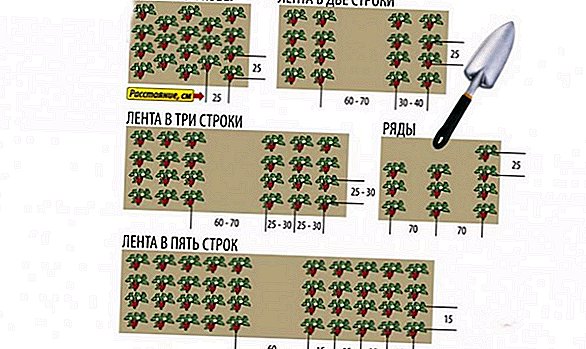
Important! When choosing the interval between bushes, it is necessary to take into account the peculiarities of the seedlings variety, since the spreading varieties need more space than the compact ones.
Planting in open ground
Phased sequence of actions:
- Smooth and loosen the soil, mark the place for rows and holes, depending on the chosen scheme.
- Dig holes with a depth of 10-15 cm (not less than the length of the roots), which must be watered, if the landing is not carried out after the rain.
- Ground from the holes can be mixed with compost and rotted manure if the soil has not been fertilized before.
- To form in the center of the hole mounds of earth.
- Put the seedling on top of a mound, spreading the roots on its slopes.
- While holding the shrub, gently fill the ground so that the root collar (the place where the leaves grow from) is flush with the ground.
- Lightly tamp and plenty, but gently pour.
- Earth loosened to ensure access of oxygen and water.
- Grind on top of peat or humus.

Landing cover material
The use of covering material for planting strawberries has certain advantages:
- keeps the soil loose and wet;
- protects bushes from freezing, drought, rain, snow and other natural phenomena;
- does not allow weeds to grow;
- does not allow to take root extra mustaches;
- protects the leaves from pests and decay;
- the berry remains clean.
This material needs to be replaced only after 3-4 years, that is, simultaneously with the strawberry transplant, which is very convenient. The most commonly used are polyethylene film (transparent, colored or black), agrofibre (spunbond, agrospan, lutrasil, etc.), ruberoid mulch, organic mulch (pine litter, straw, perepery sawdust) or living plants (for example, low-growing nasturtium, garlic, mustard, parsley).  Preparing the soil for planting on covering material is no different from preparing for planting in open ground. After all the preparatory activities, the area is covered with covering material, the edges of which need to be fixed with boards, stones or metal brackets. Pulling covering material, you need to pay attention to how it is adjacent to the ground. Insufficient adherence of the material to the ground eliminates all its advantages. Then, using a knife, it is necessary to make cuts above the holes, after which seedlings should be planted in them.
Preparing the soil for planting on covering material is no different from preparing for planting in open ground. After all the preparatory activities, the area is covered with covering material, the edges of which need to be fixed with boards, stones or metal brackets. Pulling covering material, you need to pay attention to how it is adjacent to the ground. Insufficient adherence of the material to the ground eliminates all its advantages. Then, using a knife, it is necessary to make cuts above the holes, after which seedlings should be planted in them.
Learn more about the features of strawberry mulching, types of mulch and rules of use.
Organic mulch is covered by bushes already planted, and the use of living plants as a covering material is more suitable for spring planting strawberries.
Video: autumn strawberry planting under covering material
Aftercare in the fall
Caring for seedlings after planting boils down to providing optimal conditions for fast rooting and strengthening of young bushes. To do this, you must perform the following tasks.
- Watering and loosening the soil. The first ten days it is recommended to water the strawberries often, in small portions of warm water from a watering can, trying not to fall on the leaves. The best time for watering is morning. After rooting, watering is necessary less often (two or three times a week is enough), but more abundant.
- Cleaning of weeds and removal of antennae.
- Protection of bushes from pests and diseases. To do this, it is enough to treat the leaves and soil with special means (“Karbofos”, copper chloroxide or Bordeaux liquor). Proponents of using organic products offer to treat bushes with a composition of ten liters of warm water, two tablespoons of wood ash, three tablespoons of overdone vegetable oil, two tablespoons of vinegar and two glasses of liquid soap.
- Additional mulching before winter. A layer of mulch should not be less than 5 cm. Peat, straw or sawdust can be used for this, but lapnik is the most popular and convenient option.
Strawberries can be affected by brown spot, fusarium and verticillous wilt; nematodes, weevil.
Video: autumn strawberry planting
If all of these conditions are met, the strawberry bushes will get strong enough and will winter well. In the spring, it will be necessary to remove the mulch and remove 3 cm of the top layer of soil in order to get rid of possible pests, loosen the soil well and remove dry and deformed sheets. So, having made the main efforts in the autumn, you can get a good bed ready for flowering and fruiting in spring. Strawberries will definitely appreciate your care and will long delight you with their bright and fragrant berries.


